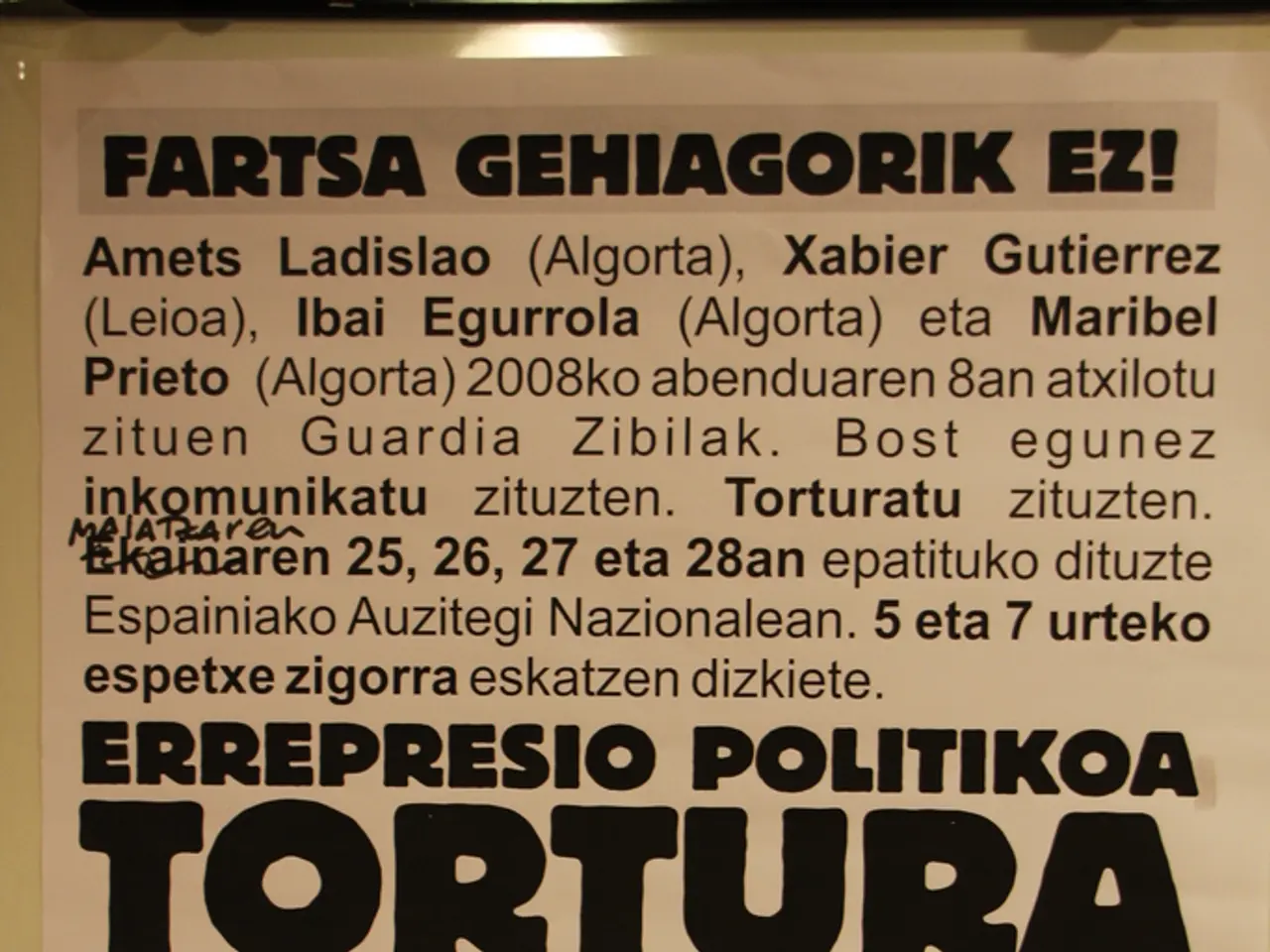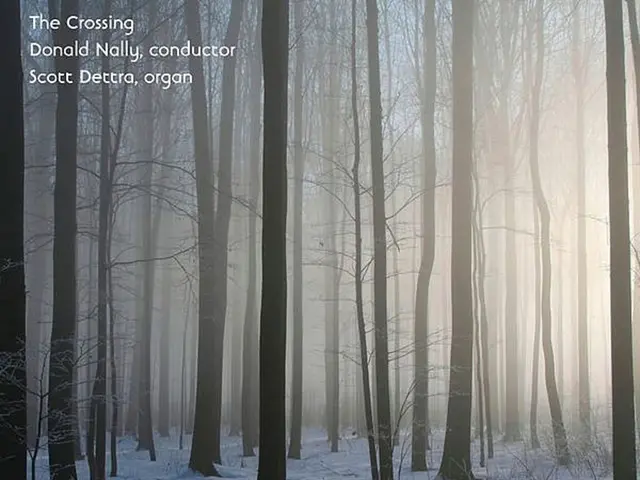Thousands forced to leave homes due to suspected arson incidents
Spain is currently grappling with a severe wildfire crisis, with over a dozen blazes ravaging the country. As of August 21, 2025, this wildfire season has been the worst since 1994, with a total of 382,000 hectares burned[1][2][3].
The most affected regions include Galicia, notably the massive A Rúa fire in Ourense province, which has burned 44,424 hectares. In the León region, the Picos de Europa has seen 775 residents from 11 towns evacuated, and the Cadiz province in Andalusia, Tres Cantos in the Community of Madrid, and wider western Spain areas are also under threat[1][2][3].
Government Response and Arrests
The government response has been swift and decisive, with over 31,000 people evacuated by the Guardia Civil and National Police[1]. Authorities have arrested 31 individuals and placed 92 others under investigation for suspected arson related to the fires[1]. Emergency services, including civil protection teams, are active in wildfire containment efforts, with mapping and damage assessment supported by systems such as Copernicus EMS for rapid situational awareness and response coordination[2].
Multiple arrests and investigations are underway by Spanish authorities into the origins of these wildfires, indicating a significant role of human activity in the outbreak or spread of some fires[1].
Arson Cases and Suspicions
Suspicions of arson are particularly strong in the fires in Tarifa and Los Caños de Meca. Andalusian officials, led by Regional Minister of the Presidency Antonio Sanz, have expressed their belief that these fires were deliberately started[1]. Sanz has condemned the deliberate acts in both fires and called for severe legal consequences for those responsible[1].
In Tarifa, a wildfire has burnt 300 hectares of the Strait of Gibraltar Natural Park, forcing the evacuation of 2,000 residents from Atlanterra and Zahara de los Atunes[1]. The wildfire has also destroyed areas previously sought by developers for hotel construction, but unable to due to its environmentally protected status[1].
Prime Minister Pedro Sánchez has confirmed that all government resources are mobilized to combat the blazes, and the Military Emergency Unit (UME) has deployed nearly 1,000 troops to aid firefighting efforts[1].
The fires continue to spread, with the fire in Tarifa remaining active on its eastern flank. The wildfire in Los Caños de Meca is also still burning, adding to the already critical situation.
Impacts and Challenges
The wildfire crisis represents a major environmental and social emergency, with impacts on biodiversity, populated areas, and critical infrastructure. Over 7,000 people have been evacuated across multiple regions, and Prime Minister Sánchez has warned that Wednesday morning will be challenging due to the severity of the fires[1].
The wildfires are being contained by around 150 INFOCA personnel and firefighters from five nearby stations, but the demanding conditions with high temperatures and strong winds make the task difficult[1]. The Ministry for Ecological Transition is also providing additional support[1].
In these trying times, the nation's resolve remains strong, with the government, emergency services, and the public working together to combat the wildfires and protect the people and environment of Spain.
References
- El País
- Reuters
- BBC News
- The wildfires ravaging Spain are a cause for concern in the realm of environmental science, as they exemplify the potential catastrophic effects of climate change on the weather and the environment.
- In the face of these climate-change influenced weather patterns, weather-forecasting systems like Copernicus EMS play a crucial role in providing rapid situational awareness and response coordination for environmental disasters such as these wildfires in Spain.








